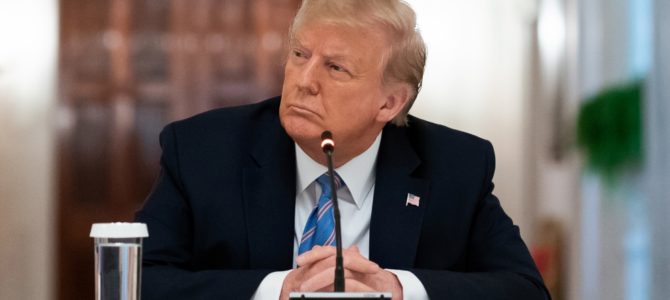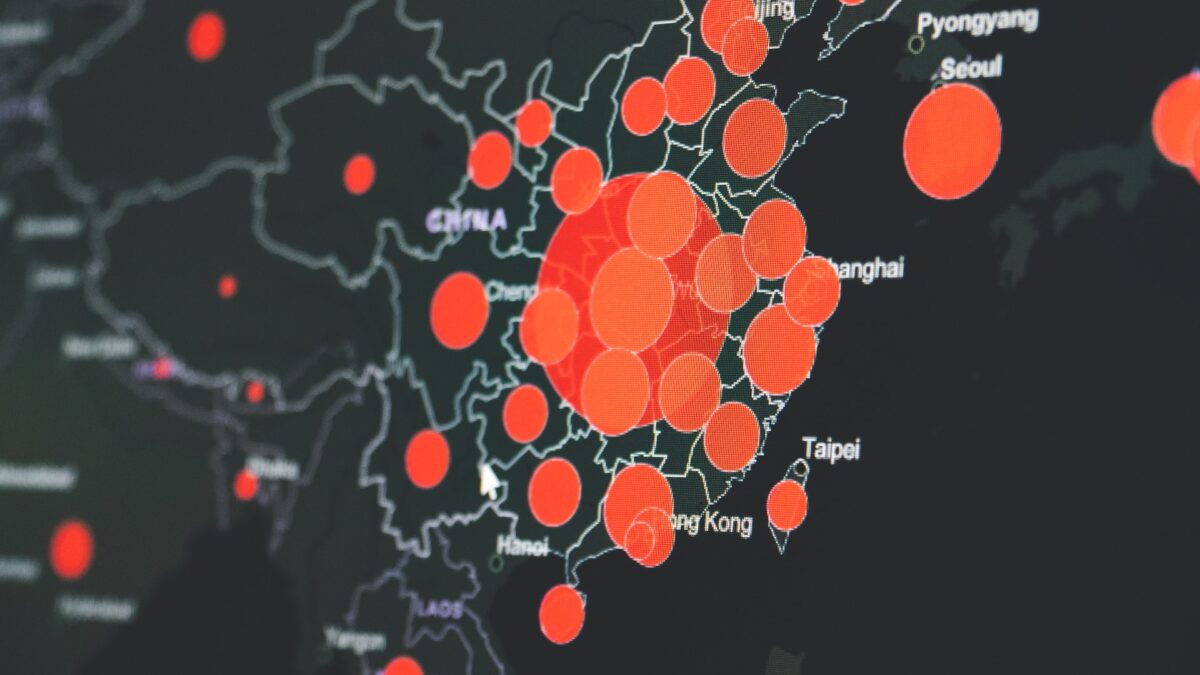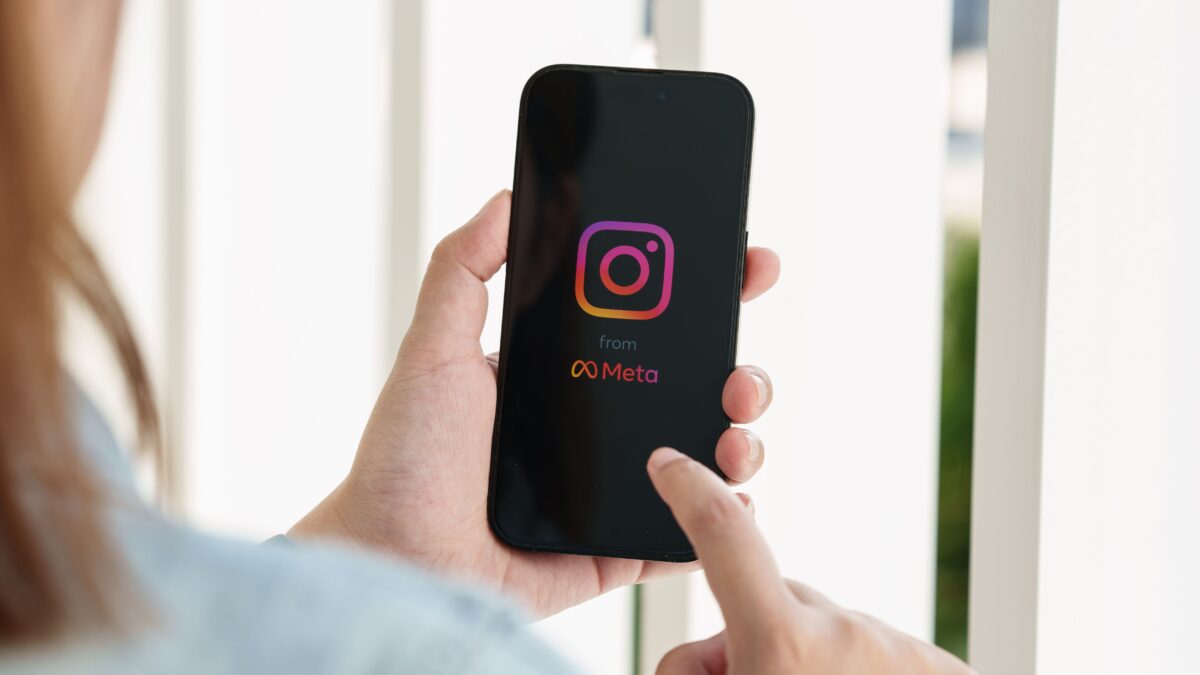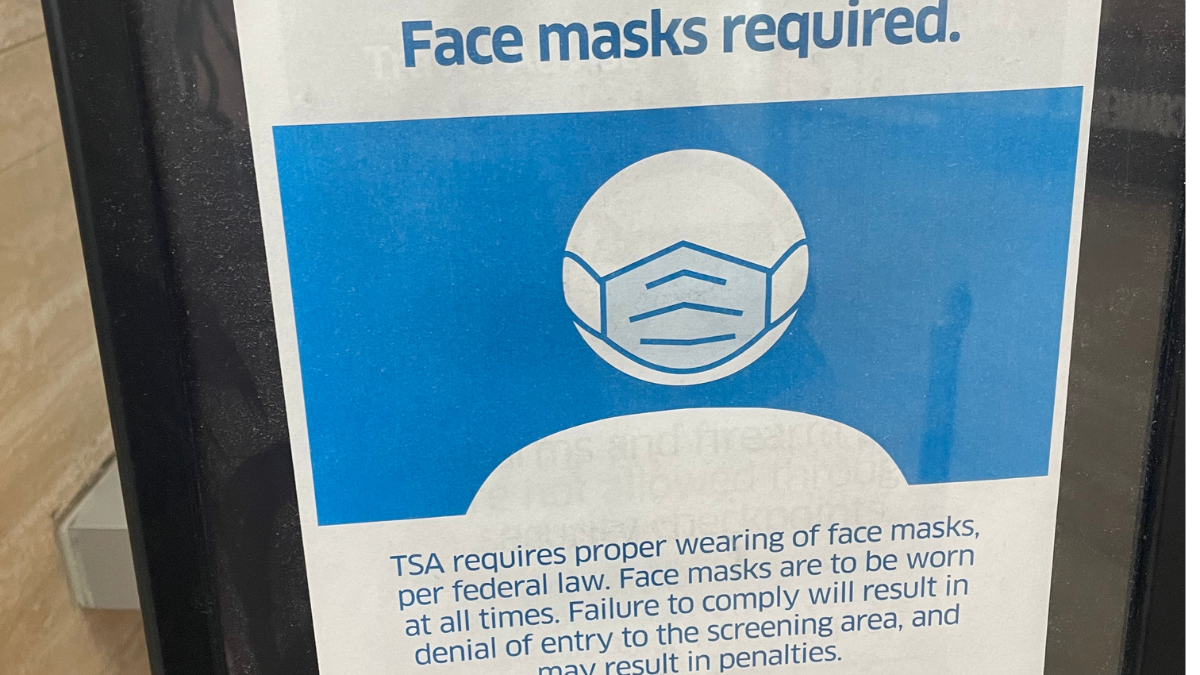
Fifty-two years ago, in the summer of 1968, I did a brief stint as a reporter at The Oklahoma Journal, a now-defunct newspaper in Oklahoma City. I was 19. The paper was run on a shoestring, and once the city editor figured out that I could both think and write, which took about a week, I was relieved of the duty of writing obituaries and assigned to do general reporting (another fellow who had blundered was demoted).
I had the time of my life. I covered murders, fires, turmoil in the Roman Catholic church, a recent high school valedictorian burning his draft card, the opening of a glider service, the world premiere of “2001: A Space Odyssey,” and George Wallace’s presidential campaign.
I took the job after my freshman year in college intending to think through whether I wanted to be a journalist. By the end of the summer, I knew this was not what I meant to do. It had been a lark, and it was exceedingly instructive.
I learned a lot about the town, the mores and manners of its citizens, and local politics. But I realized also that 99 percent of what journalists report is ephemeral — interesting, if it is interesting at all, only for an instant. It was noise not news; titillating but not telling. I was interested in the latter — which is why I became a historian.
As I read what is left of our newspapers and consult online sources — all with an eye to the current epidemic — it’s striking how nearly everything I read is noise, not news. Take the supposed surge in coronavirus cases. Does it matter? I think not.
To begin with, what is being reported is the number of newly diagnosed cases. We are rarely told this, but much of this has to do with the increased prevalence of testing. It does not mean that the virus is spreading with alarming rapidity. What it really tells us is that the journalists and their editors are doing a fairly poor job assessing the significance of what they report.
This means they do the general public a disservice. The most revealing metric, the one that genuinely matters, is the fatality rate. While deaths from COVID-19 are not down in every state, deaths are down nationally.
Yet even if the increase in diagnosed cases were indicative of a rapid spread of the virus, it would not matter much. We know the disease is highly contagious. Just how contagious is in dispute. Many medical personnel now think it is less contagious than the flu — which can spread through droplets exhaled by those who are ill so tiny they float for a considerable period in the air.
Others — a vocal minority within the medical profession — are convinced that it is in this regard just like the flu. They think social distancing insufficient. But on one question there is professional consensus: the spread of the coronavirus cannot be stopped. Xi Jinping and his minions allowed it to be let loose on the world, and it is not going to be bottled up again.
Obstacles can be thrown in the way. For a time, its spread can be slowed. But, eventually, nearly everyone will be exposed. Until and unless an effective vaccine is developed and widely available, we will remain exceedingly vulnerable.
There is much that is unknown. Can the asymptomatic spread the disease? There are intelligent experts on both sides of this question. Is hydroxychloroquine effective as a treatment? Most think not. A peer-reviewed study carried out by the Henry Ford System in Michigan recently concluded that, if used early on, it can, indeed, be effective. But, at this stage, we do not know.
Apart from the contagious nature of the disease, there is one thing pertinent to public policy that we do know. It was true in Wuhan, it was true in Italy, and it is true here. Next to no one dies from the coronavirus who does not have at least one underlying, life-threatening condition.
This explains the propensity for young Americans to survive and for the elderly to die, why more than 40 percent of those who die are over 80 years old; why nearly 70 percent of those who die are more than 70 years old. It is, similarly, the absence of such conditions that explains why next to no one under the age of 50 dies from the disease.
In downstate New York, northern New Jersey, the Detroit area, and surrounding New Orleans, it may have made sense for a brief lockdown in March to slow the spread of the disease and prevent hospitals from being overwhelmed. It never made any sense to do this nationwide.
It never made any sense for the lockdown to be extended. Those who did so justified their actions by claiming they were going to halt the spread of the disease. This was and is now impossible. Incalculable damage has been done to the economy and everyone who depends on it for a livelihood — especially frontline jobs serving customers, those most in need of earnings.
The great danger is that if the coronavirus flares up again (as is likely), the likes of Andrew Cuomo and Gretchen Whitmer will happily shut things down again. When they did so in March, the New York governor and his Michigan counterpart stuffed old folks, ill with the coronavirus, into nursing homes where it spread like wildfire, and may well have killed more people than they saved.
What is needed is a radically different approach, one that is simple and far less costly. Authorities should identify those with comorbidities, and steps should be taken to protect them. Otherwise, we should reopen our schools, our businesses, our universities — and we should keep them open.
This is where President Donald Trump comes in. He has the bully pulpit, and he should preach. He should also offer the states and localities assistance in safeguarding the vulnerable. He should hammer away at the facts: that old folks and others with underlying conditions (such as yours truly) are really vulnerable, that next to no one else is similarly vulnerable, and that another general lockdown would do much more harm than good.
This should be done in measured tones. It will flush out the Cuomos, the Whitmers, and the employees of The New York Times, The Washington Post, CNN, ABC, CBS, NBC, and MSNBC who pass themselves off as journalists — and they will go ape.









